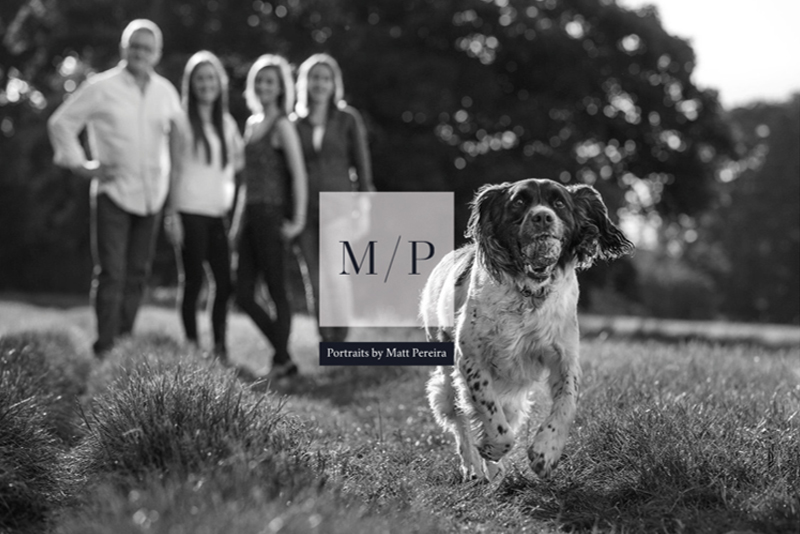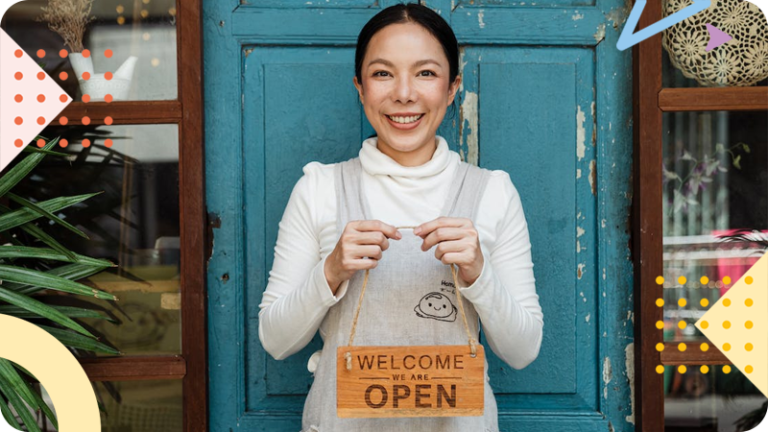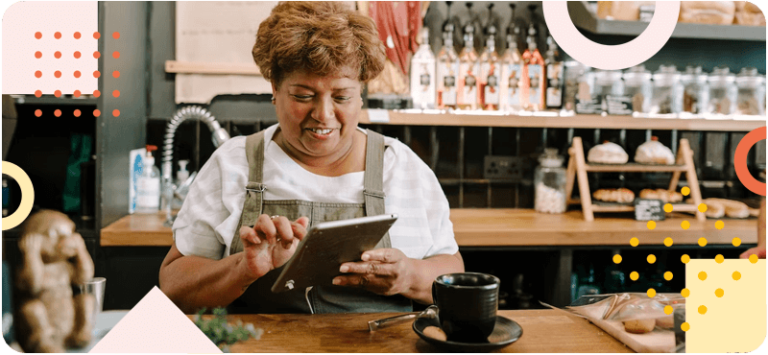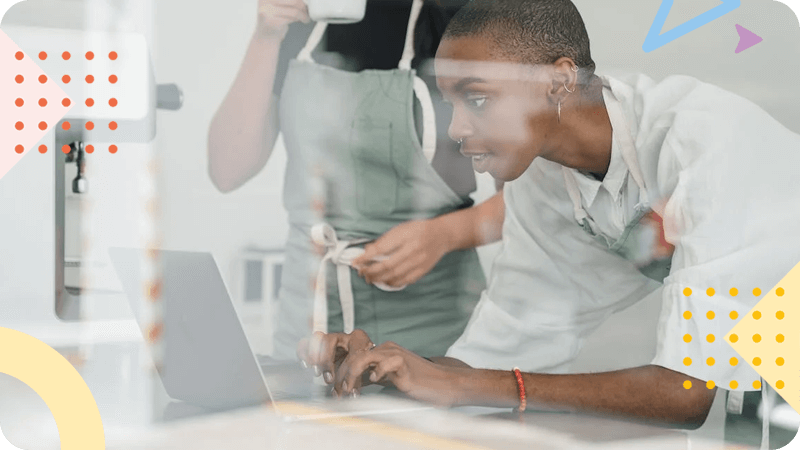
The images and photographs on a website can either make or break it.
With just seconds to capture the web visitor’s interest, it’s the images that will make that all important first impression. You can have great content and a well-designed website, but if the images and photography are not well thought through, you’ve lost them.
How do you get the images right on your website?
Jovan Maric caught up with a professional photographer, Matt Pereira, to pick his brains on the do’s and don’ts of website photography.
Jovan Maric: Matt, where do you start when considering what types of images and photos can be used on your website?
Matt: I think it is really important to work with a good quality web designer, or a branding agency, to identify what types of photos you want on your website.
The options are limitless, and you have to get the balance right.
The ‘home page’ of your website is super important, so you need an absolute stunner of an image to draw people in. Working with a branding consultant and your photographer together will make sure you have something that fits the bill.
Too much text on a web page turns people away, so I always suggest trying to fit at least one super image on every page of your website. Something as simple as hands on a keyboard or a beautiful pen and paper on the ‘contact us’ page, for example.
I would definitely use shots of your own people on the ‘about us’ page. If you have a presentable office in a nice location, then some indoor and outdoor shots are a great idea as well.
If you are selling products, then good quality photos are an absolute must. This is one place I would definitely not go with a DIY approach.
Jovan Maric: Where is it okay to use stock images on your website and where should you use a professionally captured photograph?
Matt: Firstly, I think you need to be very selective about using stock photography on your website.
Depending on what you’re selling, your homepage banner could well be a stock photograph.
For example, an IT company promoting network services could use a stock photograph of networking components. Or a graphic design agency wanting an abstract image could choose a stock photograph of yellow paint pots on a blue background to complement content about the psychology of color. All perfectly reasonable.
However, a Virtual Assistant who wants a photograph of a camera and a MacBook on their desk with a cup of coffee alongside, going down the stock photography route can be full of pitfalls. These types of photos are very popular, and many people will be using the same image.
This is the problem with stock photography. You want your website to look unique. To do so you’ll need to get some professional photographs taken.
As I mentioned before, I would always recommend that you try and use your own staff members if you are a small business promoting a personal service. People buy from people and you certainly want staff photos to be ‘real people’, not actors or actresses. So go professional here, not stock.
Jovan Maric: So now we know in what instance and why we should engage a photographer, what additional benefits does a professional photographer bring, apart from obviously great photos?
Matt: I’m glad you’ve asked that question!
A professional photographer will not only bring original ideas and, hopefully, an abundance of creativity, but you would hope they also bring their style and finesse to a photoshoot.
Let’s take headshots as an example. A professional photographer has the skills to relax the staff members and pose them in the most flattering way and under the most flattering lighting conditions.
In addition to this, the equipment brought to a shoot by a professional photographer is likely to be top-class quality. They’ll know how to use that equipment to get the best out of it.
Jovan Maric: What do you need to tell the photographer about you and your business in order for them to take the best and most appropriate photos?
Matt: Before they even pick up the camera, any photographer worth their salt will spend the time to understand your business and what you want to achieve from your photography session. A planning session is an absolute must.
Pinterest boards and mood boards are a very good method of conveying your requirements to a photographer, and my suggestion would be to use this for ideas only. Try not to get fixated about replicating an exact photo. It’s very hard to match this 100% and it is a guaranteed creativity killer.
Give your photographer a rough idea what you’re looking for and allow them to work their magic.
Jovan Maric: Are there any instance where you can get away with DIY? Smartphones are great for pictures………or are they?
Matt: DIY is acceptable if you understand light and composition and can use them to your advantage and alongside the creative depth of field. Outside of that (and a few other things, of course), you are in danger of simply producing snapshots.
Smartphones are great, and I have seen entire fashion shoots shot using just an iPhone to prove just how good they are. However, just like a Formula One racing car would be useless in the hands of somebody who doesn’t have enough experience to win a race, any type of camera can be very ineffective if you don’t understand light and composition.
One of my favorite photos I ever took was on my iPhone which has been used on a travel company website, so it definitely can be done.
Jovan Maric: Light, composition, creative depth of field? You lost us there! The iPhone is definitely just for calls, texts and holiday pics!
Jovan Maric: Can you recommend any good websites for stock images?
Matt: There are a couple of websites where you can get either free or paid for stock images. As I said before, be careful with these because a lot of the good images are already being used, potentially by your competitors.
The free websites to have a look at are:
And, paid for websites have a look at:
Jovan Maric: We know there’s confusion about what images you can take from the Internet. Can you clear this up for us?
Matt: You have to be really, really careful and understand what ‘free’ really means. Just because you find an image somewhere on the Internet, maybe a Google image search doesn’t mean that it is free to use.
I have known photographers successfully file an invoice for ££££s to companies who have acquired their images immorally, or ignorantly, and used them to promote their businesses.
There is an unwritten code of ethics that is regularly broken, which says you should always ask permission. If you cannot locate the source owner of the image, then use something else.
Royalty free does not mean completely free. This is where the biggest confusion comes in. Royalty Free means that once you pay an initial fee, you can then use copyrighted material or intellectual property, without the need to pay royalties or license fees every time you use that image.
Commercial photographers will often charge a fee for taking photographs, but also a licensing fee which grants the company who employed the photographer a 12-month‘ loan’ of the image to use in their advertising.
Royalty free allows you to pay a onetime fee and use the images as much as you like.
Also, very importantly, royalty free should not be confused with copyright free. Copyright will always remain with the photographer, unless the copyright is sold along with a photograph, usually for a very high amount of money.
Jovan Maric: Thanks Matt for chatting with us and clarifying what best practice is, when it comes to getting the photography right for websites.
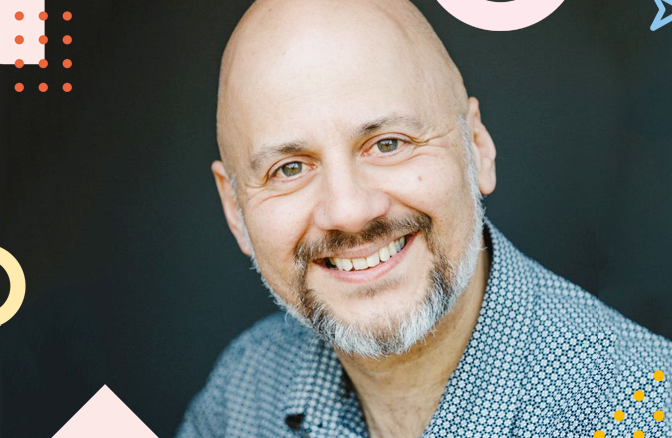
Matt Pereira is a commercial photographer who works throughout the UK and overseas on a range of video and photography projects.
From photographing events, parties, and workshops to creating exquisite imagery for your website, corporate portraits and everything in between. Matt’s goal is to create a set of exquisite photographs for his clients that they can be proud to have to represent their business.
Matt has worked on a wide range of corporate video, portraits, travel and lifestyle images for clients such as the much-loved Flossie Crumbs, award-winning bridal jeweler Yarwood-White and the dream-job Flavours of Italy as well as editorial work for publishers and fashion houses.
His style is polished, professional and highly aspirational.
